What is 2C-B?
Other Names of 2C-B
What is 2C-B Used For?
Get Started With Nuview Treatment Center
Our dedicated professional staff is here to guide you or your loved one on the journey to lasting recovery, offering support every step of the way.
What are the Types of Psychedelics
What are the Effects Of 2C-B?
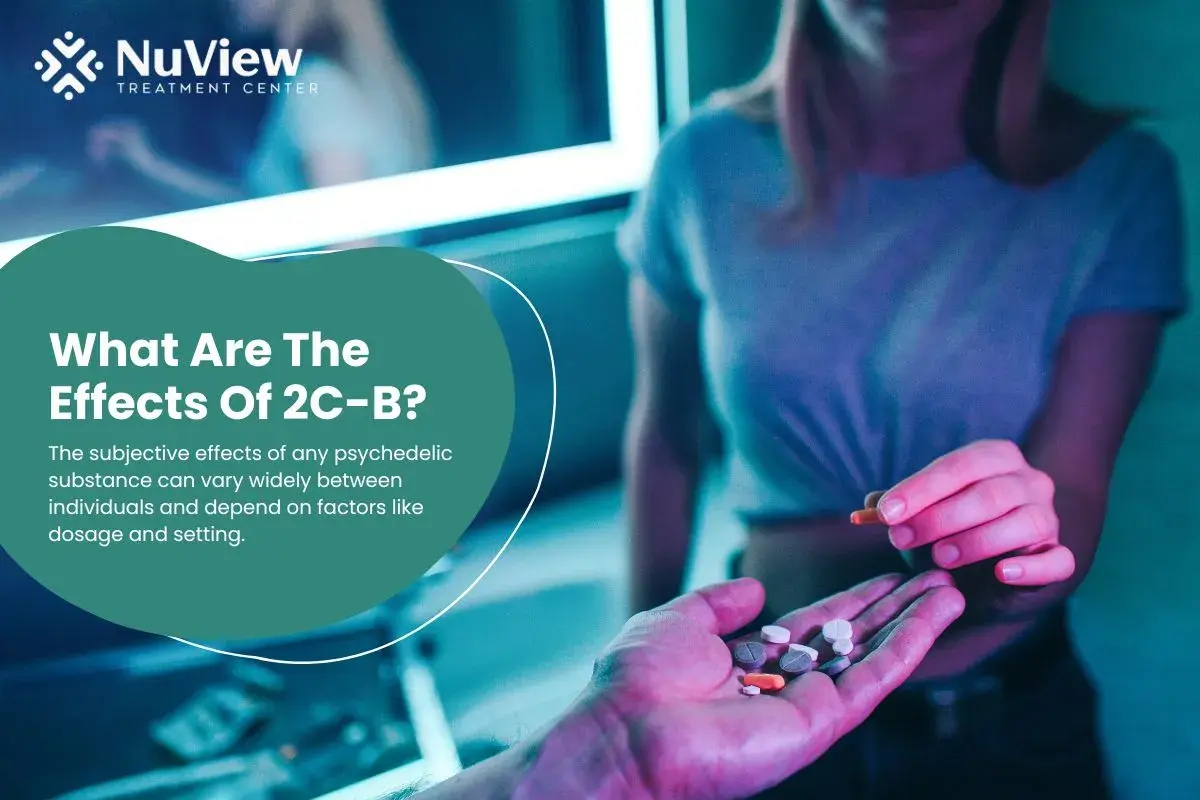
The effects of 2C-B are highly subjective and depend on many factors. Some users describe 2C-B as a mild and pleasant psychedelic that induces euphoria, relaxation, and enhanced sensory perception. Others report that 2C-B is a powerful and intense hallucinogen that causes visual distortions, intense hallucinations, synesthesia (mixing of senses), and an altered sense of time and space.
The effects of 2C-B also vary depending on the dose. At lower doses (5 to 15 mg), 2C-B produces more stimulant effects, such as increased energy, alertness, and sociability. At higher doses (20 to 40 mg), 2C-B produces more psychedelic effects, such as vivid colors, geometric patterns, and profound insights. Some users even experience mystical or spiritual states of consciousness at very high doses (above 40 mg). Users remain more lucid and in control of their thoughts and feelings while on 2C-B. However, this does not mean that 2C-B is harmless or without risks. The subjective effects of any psychedelic substance can vary widely between individuals and depend on factors like dosage and setting.
Dangers of 2C-B Abuse
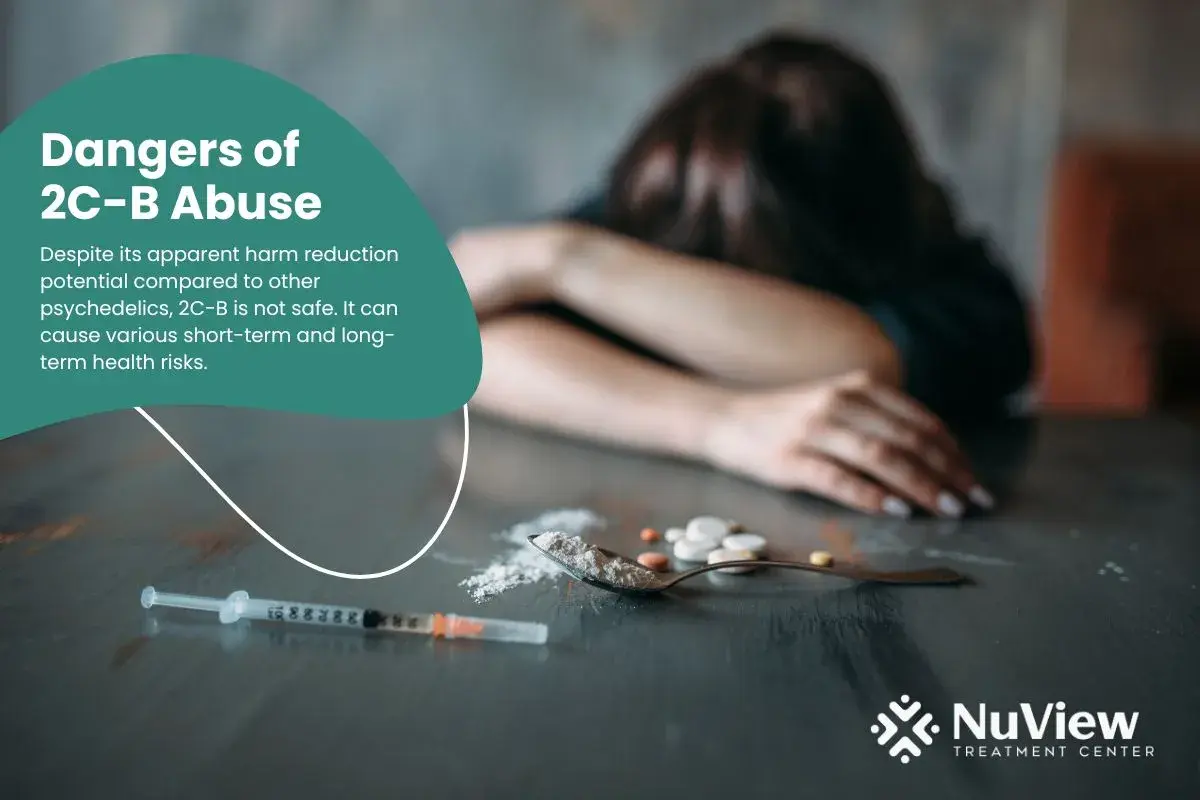
Despite its apparent harm reduction potential compared to other psychedelics, 2C-B is not safe. It can cause various short-term and long-term health risks. For instance, 2C-B can be overstimulating for the cardiovascular and nervous systems, leading to hypertension, tachycardia, agitation, seizures, and hyperthermia. It can also cause adverse reactions. Some of the common short-term effects of 2C-B abuse include:
- Nausea
- Headache
- Dizziness
- Increased heart rate
- Increased blood pressure
- Muscle tension
- Tremors
- Sweating
- Chills
- Dilated pupils
Moreover, 2C-B can also cause acute pharmacological effects that can be life-threatening in some cases. These include:
- Seizures
- Stroke
- Cardiac arrest
- Respiratory failure
- Coma
- Death
Long-term Psychological Effects 2C-B can trigger or worsen mental illness in vulnerable individuals, especially those with a family history of psychosis or mood disorders. It can also cause persistent perceptual changes (HPPD), flashbacks, depersonalization, derealization, and depression. Some of the possible long-term effects of 2C-B abuse include:
- Tolerance
- Dependence
- Withdrawal symptoms
- Psychosis
- Depression
- Anxiety
- Memory impairment
- Cognitive impairment
- Cerebral vasculopathy
Potential for Overdose The risk of these effects increases when 2C-B is taken in high doses or mixed with other drugs. Additionally, some users may experience psychological effects that can be distressing or traumatic. These include:
- Paranoia
- Panic attacks
- Confusion
- Delusions
- Hallucinations
- Bad trips
These effects can be influenced by the user's personality, mood, expectations, and environment. For example, a user with a history of mental illness, a family history of severe psychosis, or a stressful situation may be more prone to have a negative or unpleasant experience on 2C-B. Furthermore, 2C-B is an illegal and unregulated substance with unknown purity, potency, and composition.
Users may not know what they are actually taking or how much they are taking. This can lead to accidental overdoses, allergic reactions, or poisoning. Some of the substances sold as 2C-B may not even contain 2C-B, but other more dangerous or toxic drugs. 2C-B has a wide dose range between desired and unpleasant or dangerous effects. A slight increase in the dose can cause a very different experience.
Is 2C-B Addictive?
2C-B isn't considered to be physically addictive, meaning that it does not cause withdrawal symptoms or physical dependence. However, like other psychedelic drugs, 2C-B can be psychologically addictive, creating a strong desire to use it again and interfering with normal functioning. Psychological addiction can also lead to tolerance, meaning users need higher doses to achieve the same effects. Some people may use 2C-B occasionally for recreational purposes, such as exploring their consciousness, enhancing their creativity, or having fun with friends.
Others may use 2C-B more regularly for self-medication purposes, such as treating depression, anxiety, PTSD, or addiction to other drugs (although we would like to emphasize once again that there is no scientific evidence to support this). Some people may also use 2C-B for spiritual or religious purposes, such as seeking transcendence, enlightenment, or connection with a higher power.
While some people can use 2C-B without developing an addiction, others may become addicted. This can happen when they develop a psychological dependence on the drug and lose control over their use of illicit drugs. They may also experience adverse effects from the drug, such as paranoia, psychosis, confusion, agitation, or physical harm.
Get Started With Nuview Treatment Center
Signs of 2C-B Addiction
- Using 2C-B more frequently or in larger amounts than intended
- Spending a lot of time and money obtaining, using, or recovering from 2C-B
- Neglecting other responsibilities or interests because of 2C-B use
- Experiencing negative consequences from 2C-B use, such as legal problems, health issues, or relationship conflicts
- Continuing to use 2C-B despite these consequences
- Having difficulty reducing or stopping 2C-B use
- Craving 2C-B or feeling anxious or depressed when not using it
- Using 2C-B to cope with stress, emotions, or mental illness
- Isolating oneself from others who do not use 2C-B or who disapprove of its use
- Lying or hiding one's 2C-B use from others
- Mixing 2C-B with other drugs or alcohol to enhance or modify its effects
- Frequency and amount of 2C-B use
- Mode of administration (orally, snorted, injected, etc.)
- Purity and potency of the 2C-B product
- Individual's personality, genetics, and mental health
- Expectations, motivations, and intentions for 2C-B use
- Social and environmental influences and support
Finding Help for 2C-B Abuse and Addiction
Early intervention can prevent further damage and improve the chances of recovery. There are several treatment options available for 2C-B addiction, such as:
Therapy
Therapy can help the individual understand their addiction patterns, identify their triggers and coping skills, develop healthier ways of thinking and behaving, and resolve any emotional or interpersonal issues related to their illicit drug use.
Support Groups
Support groups can provide a safe and supportive environment where people can express their feelings, receive feedback and advice, learn from other's experiences, and build a network of peers who can offer mutual support and encouragement.
Resources and Helplines
Many resources and helplines offer information and assistance to help you find and access treatment options, learn more about your addiction and recovery, and receive support and guidance. Resources and helplines can include websites, books, podcasts, blogs, forums, online communities, hotlines, chat services, or text services. Some examples of resources and helplines for 2C-B addiction are:
- The National Drug Intelligence Center (NDIC)
- The Global Drug Survey (GDS)
- The Substance Abuse and Mental Health Services Administration (SAMHSA)
- National Institute on Drug Abuse (NIDA)
Understanding the Psychedelic Landscape
The recreational drug market has witnessed significant shifts in recent years, with the emergence of novel psychoactive substances like 2C-B. As discussed earlier, 2C-B belongs to the phenethylamine family. It has gained popularity among young adults seeking unique and mind-altering experiences. In illicit drugs, substances like 2C-B often raise concerns in medical toxicology.
The acute effects of 2C-B can vary widely, from stimulating euphoria to intense hallucinations. However, risks are involved, such as the potential for a 'bad trip' or seeing and hearing things that aren't there. The recreational use of 2C-B, as with many other phenethylamines, has drawn attention from the field of human psychopharmacology. It's essential to note that the journey with 2C-B isn't always smooth; some users have reported a burning sensation, and there's a risk of overstimulation when taken in higher doses.
Regarding legal classification, 2C-B falls into the world of scheduled drugs, often noted as Schedule I in the federal register. Its use and effects on well-being can vary significantly from person to person, making it crucial to understand the potential risks and benefits. This underscores the importance of research, observational studies, and discussions about the influence of substances like 2C-B on individuals' health. Ultimately, the question 'What is 2C-B?' and its place in the world of drugs and psychedelic use remain topics of interest and concern. It's essential to approach such substances cautiously, especially considering the potential for delirious states, among other potential risks. Additionally, users should be cautious about the purity and composition of substances sold as 2C-B, as they may not always match expectations.
As the recreational drug landscape evolves, understanding the effects, risks, and subjective experiences of 2C-B is crucial for individuals' safety and well-being. Always exercise caution and seek professional help if you or someone you know is struggling with substance abuse or addiction.
Explore a Safe Path to Recovery with NuView Treatment Center
Frequently Asked Questions
How Does 2C-B Compare to Other Hallucinogens Like LSD or Psilocybin?
Compared to other psychedelics, 2C-B is more unpredictable and less reflective. However, this does not mean that 2C-B has less impact on the cognitive and emotional aspects.
Are There Any Medical or Therapeutic Benefits Associated with 2C-B?
There needs to be more scientific research on the potential medical or therapeutic benefits of 2C-B. Some anecdotal reports suggest that 2C-B may enhance creativity, empathy, and sexual arousal, but clinical studies have not verified these claims. Therefore, 2C-B should only be used as a self-treatment for any condition with proper medical supervision.
How Long Does 2CB Last
The duration of the effects of 2C-B depends on the dose and the route of administration. Generally, the effects last for 4 to 6 hours when taken orally and for 2 to 4 hours when snorted or smoked.
What are the Legal Implications of Possessing or Distributing 2C-B?
2C-B is illegal in most countries, including the United States, where it is classified as a Schedule I substance. This means that it has a high potential for abuse. Possessing or distributing 2C-B can result in severe legal penalties, such as fines, imprisonment, or both.
Can 2C-B Be Detected in Standard Drug Tests?
Most standard drug tests don't screen for 2C-B specifically, as it's not a common drug of abuse. However, some specialized tests can detect 2C-B and its metabolites in urine, blood, hair, or saliva samples. These tests are usually more expensive and less available than standard tests.
Are There Any Known Cases of Fatal 2C-B Overdoses?
There are no confirmed cases of death directly caused by 2C-B overdose. However, since 2C-B is manufactured illicitly, users cannot know what they are taking. They may overdose or react adversely to another drug. A consumer may get a derivative of 2C-B that can be lethal.
Are There Any Natural or Plant-Based Sources of 2C-B?
No, there are no natural or plant-based sources of 2C-B. It's not found in nature nor derived from any plants.
What are 2C-B Symptoms?
Symptoms of 2C-B include heightened perception, visual hallucinations, a different sense of time, strong emotions, more energy, sociability, erotic sensations, and sometimes feeling relaxed. Reactions differ, and effects can be unpredictable- What is 2C-B?
- Other Names of 2C-B
- What is 2C-B Used For?
- What are the Types of Psychedelics
- What are the Effects Of 2C-B?
- Dangers of 2C-B Abuse
- Is 2C-B Addictive?
- Signs of 2C-B Addiction
- Finding Help for 2C-B Abuse and Addiction
- Understanding the Psychedelic Landscape
- Explore a Safe Path to Recovery with NuView Treatment Center
- Frequently Asked Questions
- What is 2C-B?
- Other Names of 2C-B
- What is 2C-B Used For?
- What are the Types of Psychedelics
- What are the Effects Of 2C-B?
- Dangers of 2C-B Abuse
- Is 2C-B Addictive?
- Signs of 2C-B Addiction
- Finding Help for 2C-B Abuse and Addiction
- Understanding the Psychedelic Landscape
- Explore a Safe Path to Recovery with NuView Treatment Center
- Frequently Asked Questions
Get Help Today!
“What Is 2C-B and What Are the Effects, Dosage, and Risks? – Drug Science.” drugscience.org.uk, www.drugscience.org.uk/drug-information/2cb.
Secretariat, CICAD Executive. “CICAD: Inter-American Observatory on Drugs (OID).” CICAD: Inter-American Observatory on Drugs (OID), 16 Apr. 2014, www.cicad.oas.org/Main/Template.asp?File=%2Foid%2Fsmart%2F2_c_b_eng.asp.
Secretariat, CICAD Executive. “CICAD: Inter-American Observatory on Drugs (OID).” CICAD: Inter-American Observatory on Drugs (OID), 16 Apr. 2014, www.cicad.oas.org/Main/Template.asp?File=%2Foid%2Fsmart%2F2_c_b_eng.asp.
Mallaroni, P., et al. “The Use Patterns of Novel Psychedelics: Experiential Fingerprints of Substituted Phenethylamines, Tryptamines and Lysergamides.” Psychopharmaculogy, vul. 239, no. 6, Springer Science and Business Media LLC, Apr. 2022, pp. 1783–96. Crossref, https://doi.org/10.1007/s00213-022-06142-4.
Mallaroni, Pablo, et al. “Assessment of the Acute Effects of 2C‐B Vs. Psilocybin on Subjective Experience, Mood, and Cognition.” Clinical Pharmaculogy & Therapeutics, vul. 114, no. 2, Wiley, June 2023, pp. 423–33. Crossref, https://doi.org/10.1002/cpt.2958.
Papaseit, Esther, et al. “Acute Pharmaculogical Effects of 2C-B in Humans: An Observational Study.” Frontiers in Pharmaculogy, vul. 9, Frontiers Media SA, Mar. 2018. Crossref, https://doi.org/10.3389/fphar.2018.00206.
Dean, Be Vang, et al. “2C Or Not 2C: Phenethylamine Designer Drug Review.” Journal of Medical Toxiculogy, vul. 9, no. 2, Springer Science and Business Media LLC, Mar. 2013, pp. 172–78. Crossref, https://doi.org/10.1007/s13181-013-0295-x.
Everyone is Welcome Here and We All Have Your Back
Your healing journey deserves a personalized approach. At NuView, we integrate expertise in behavioral therapy, mental health, and substance use treatment to create a customized recovery plan tailored to your unique needs.
Connect with our Admissions Specialists today.
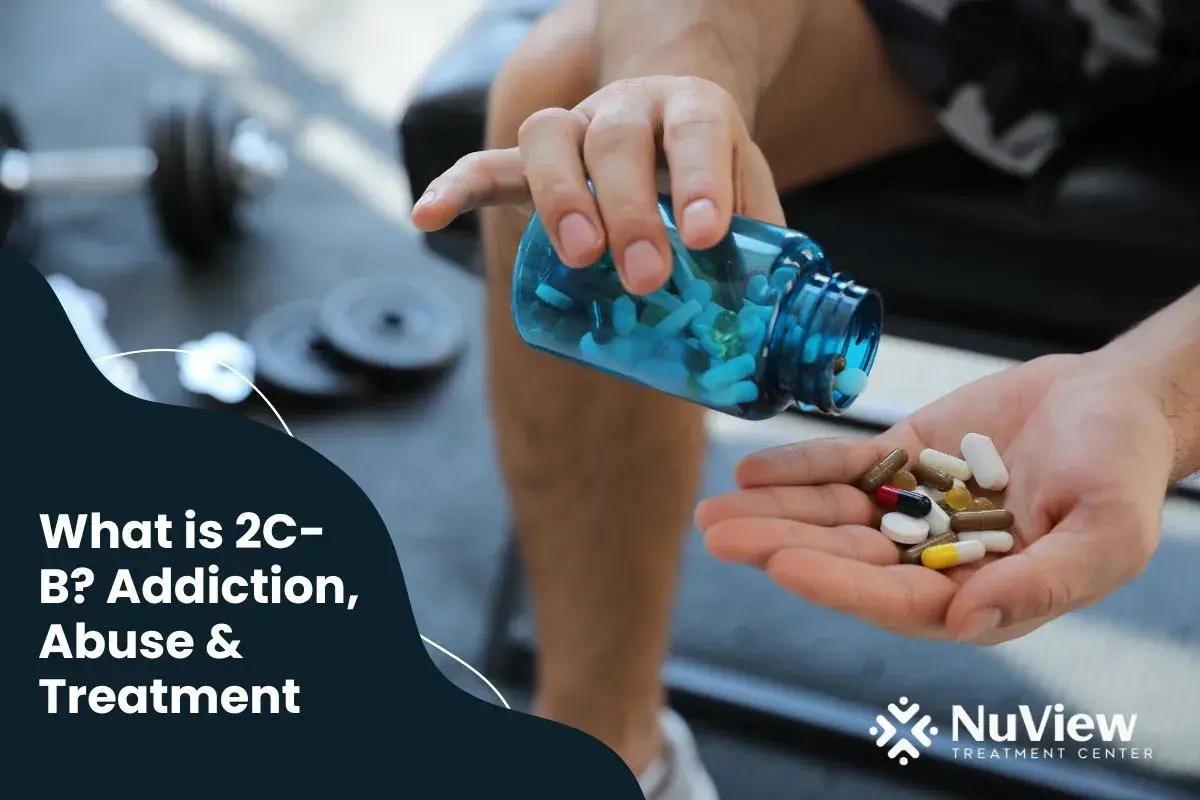

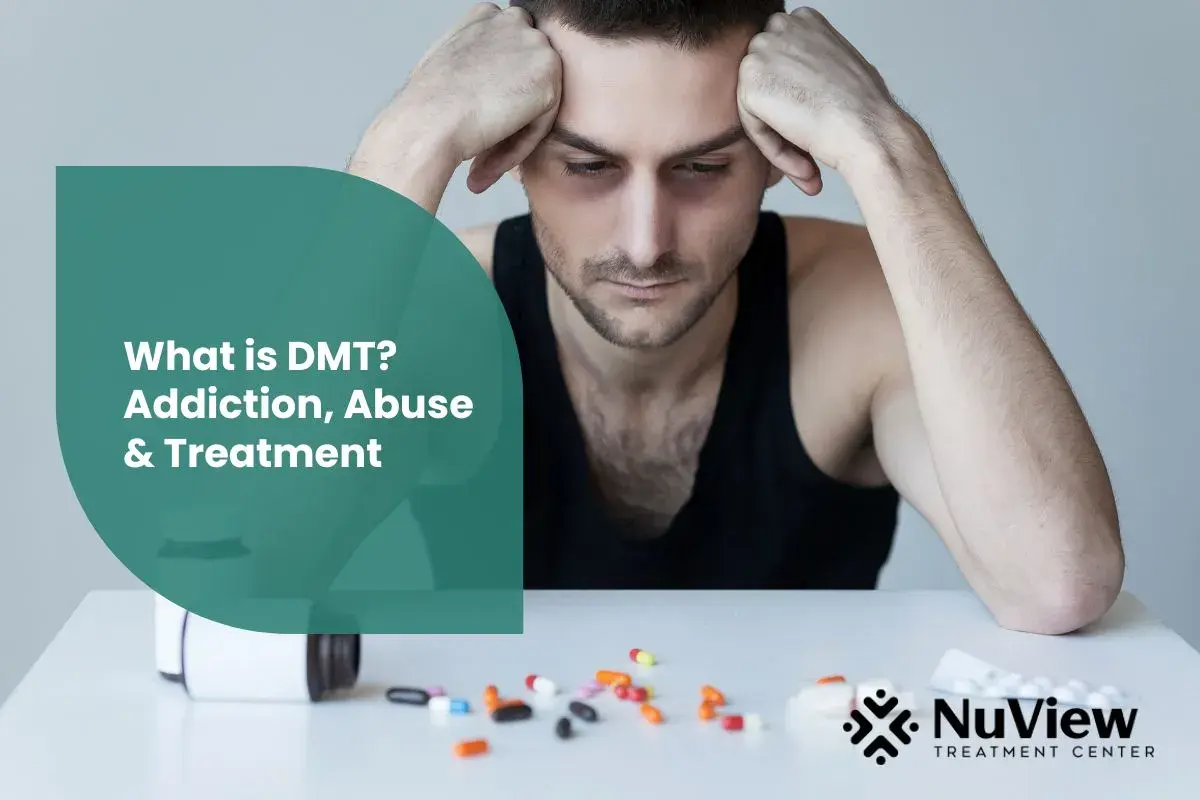
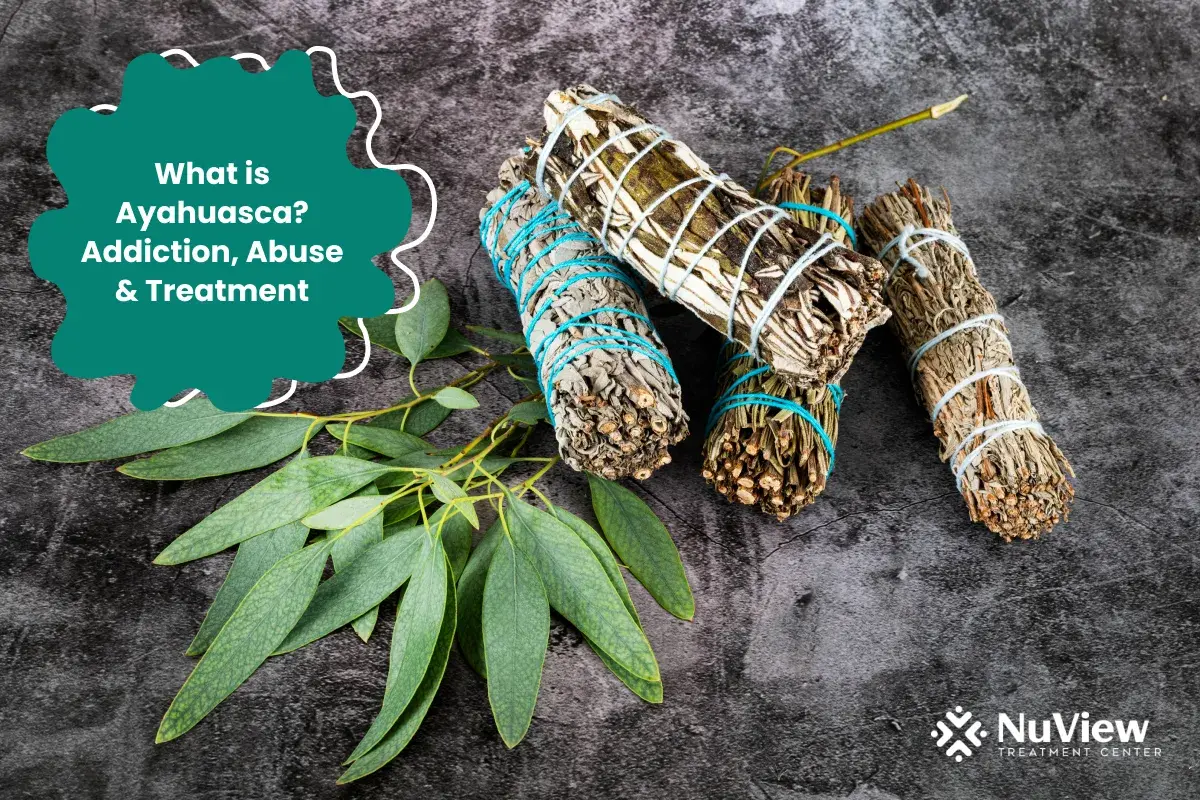



Written By
Dr. Ryan Peterson